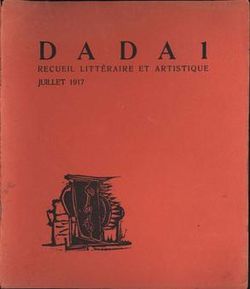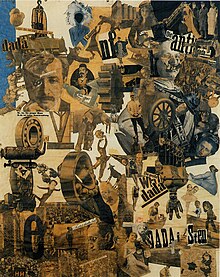

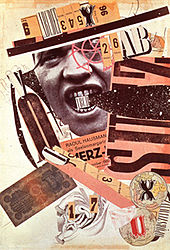
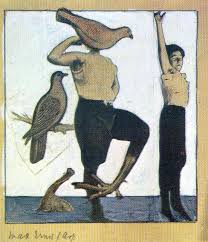


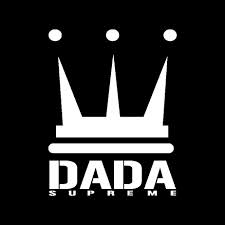
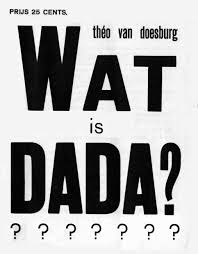
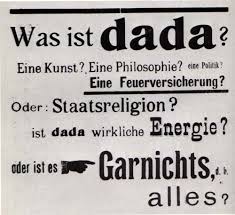
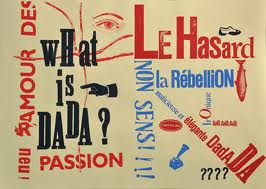
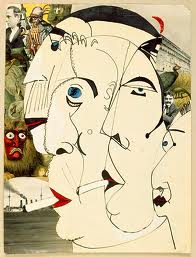
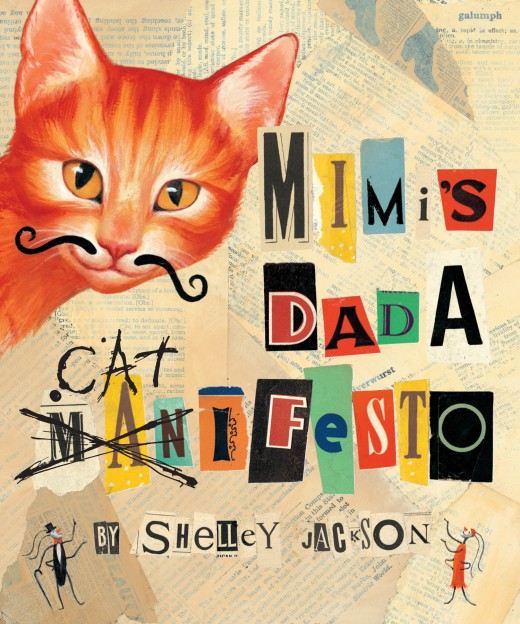
)是一場興起於一戰時期的蘇黎世,涉及視覺藝術、文學(主要是詩歌)、戲劇和美術設計等領域的文藝運動。達達主義是20世紀西方文藝發展歷程中的一個重要流派,是第一次世界大戰顛覆、摧毀舊有歐洲社會和文化秩序的產物。達達主義作為一場文藝運動持續的時間並不長,波及範圍卻很廣,對20世紀的一切現代主義文藝流派都產生了影響。關於「達達」一詞的由來,歷來眾說紛紜。有些人認為這是一個沒有實際意義的詞,有一些人則認為它來自羅馬尼亞藝術家查拉和詹可頻繁使用的口頭語「da, da」,在羅馬尼亞語中意為「是的,是的」。最流行的一種說法是,1916年,一群藝術家在蘇黎世集會,準備為他們的組織取個名字。他們隨便翻開一本法德詞典,任意選擇了一個詞,就是「dada」。在法語中,「達達」一詞意為兒童玩耍用的搖木馬。
儘管達達主義在很大範圍內得到了傳播,但它終究是一個很不穩定的文藝思潮。到1924年,達達主義基本被新生的超現實主義所吞併,達達主義藝術家們也紛紛投奔其他流派,包括社會現實主義以及其他現代藝術流派。
Dada /ˈdɑːdɑː/ or Dadaism was an art movement of the European avant-garde in the early 20th century. Many claim Dada began in Zurich, Switzerland in 1916, spreading to Berlin shortly thereafter but the height of New York Dada was the year before in 1915. To quote Dona Budd's The Language of Art Knowledge,
Dada was born out of negative reaction to the horrors of World War I. This international movement was begun by a group of artists and poets associated with the Cabaret Voltaire in Zurich. Dada rejected reason and logic, prizing nonsense, irrationality and intuition. The origin of the name Dada is unclear; some believe that it is a nonsensical word. Others maintain that it originates from the Romanian artists Tristan Tzara's and Marcel Janco's frequent use of the words "da, da," meaning "yes, yes" in the Romanian language. Another theory says that the name "Dada" came during a meeting of the group when a paper knife stuck into a French-German dictionary happened to point to 'dada', a French word for 'hobbyhorse'.
